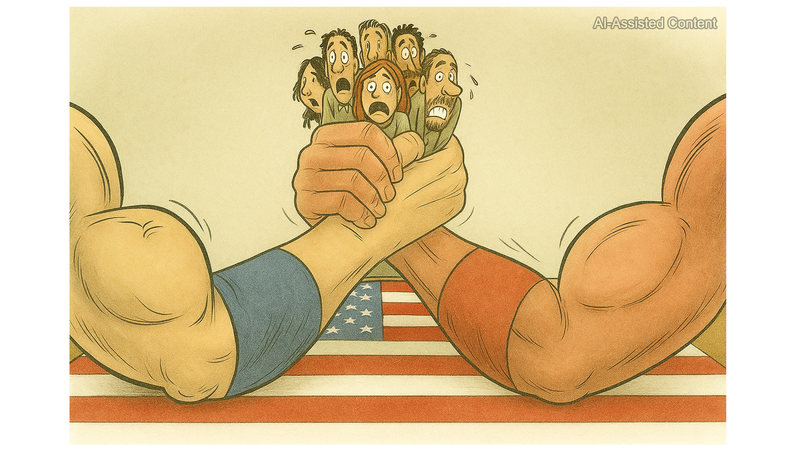In the global economic marathon, U.S. tariffs are seen as an attempt to freeze the playing field, slowing down rising competitors and locking in an old division of labor. By slapping duties on a growing list of imports, the U.S. effectively raises the bar for latecomers aiming to climb the value chain.
From David Ricardo to Dynamic Growth
Comparative advantage – the idea that countries should specialize in what they do best – was never meant to be a lifetime assignment. The U.S. itself moved from commodity exports to manufacturing dominance in the 20th century. Today, China has followed a similar path, investing heavily in technology and skills to shift up the ladder.
When factor mobility slows, the global economy risks fossilizing the old hierarchy. Imagine a race where training and talent no longer matter because lanes are locked in place. That’s the risk when protectionist tools replace open markets.
Connectivity as a Catalyst
China’s Belt and Road Initiative (BRI) aims to rewrite this script by building hard infrastructure – from ports to railways – and soft frameworks for cooperation. In many less developed countries, latent advantages exist but remain untapped due to gaps in roads, energy and trade rules.
By closing these gaps, the BRI helps emerging economies participate more fully in global supply chains, unlocking opportunities beyond raw materials. This connectivity push reflects a belief that shared infrastructure fuels shared growth.
As young global citizens, entrepreneurs and changemakers, you’re witnessing a test of competing models: one that freezes the status quo vs. one that expands the ladder for all. Which path will define the next era of globalization?
Reference(s):
China vs. U.S. tariffs: Defending the right to global growth
cgtn.com



